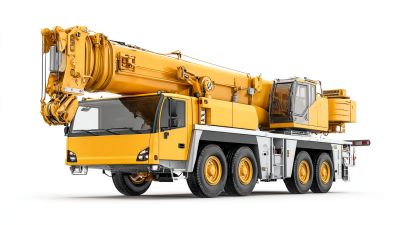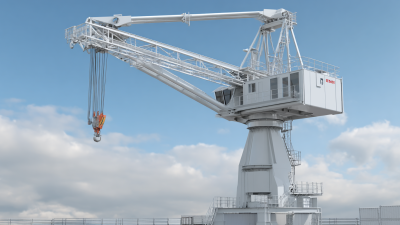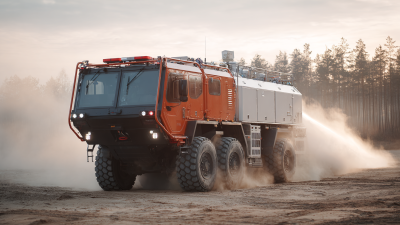Leave Your Message
-
Phone
-
E-mail
-
WhatsApp
In the ever-evolving world of material handling and construction, understanding the various Crane Hoist Types is crucial for enhancing efficiency and safety on job sites. According to a recent report by the Material Handling Industry Association (MHIA), the demand for crane hoists is projected to grow by over 5% annually, driven by technological advancements and increased industrial activities. The selection of the appropriate crane hoist not only influences operational performance but also impacts overall project costs and timelines.
Industry expert Dr. James Thompson, a leading authority on industrial lifting solutions, emphasizes the significance of this choice, stating, "Selecting the correct Crane Hoist Types tailored to the specific application is fundamental in ensuring not just productivity but also safety in operations." With a variety of models available, ranging from electric hoists to manual hoists and beyond, making an informed decision can significantly affect the operational capabilities of a business. Our guide aims to provide insights into the different hoist types available and offer practical tips for choosing the right one for your needs, ensuring you make a decision that aligns with both safety standards and operational efficiency.
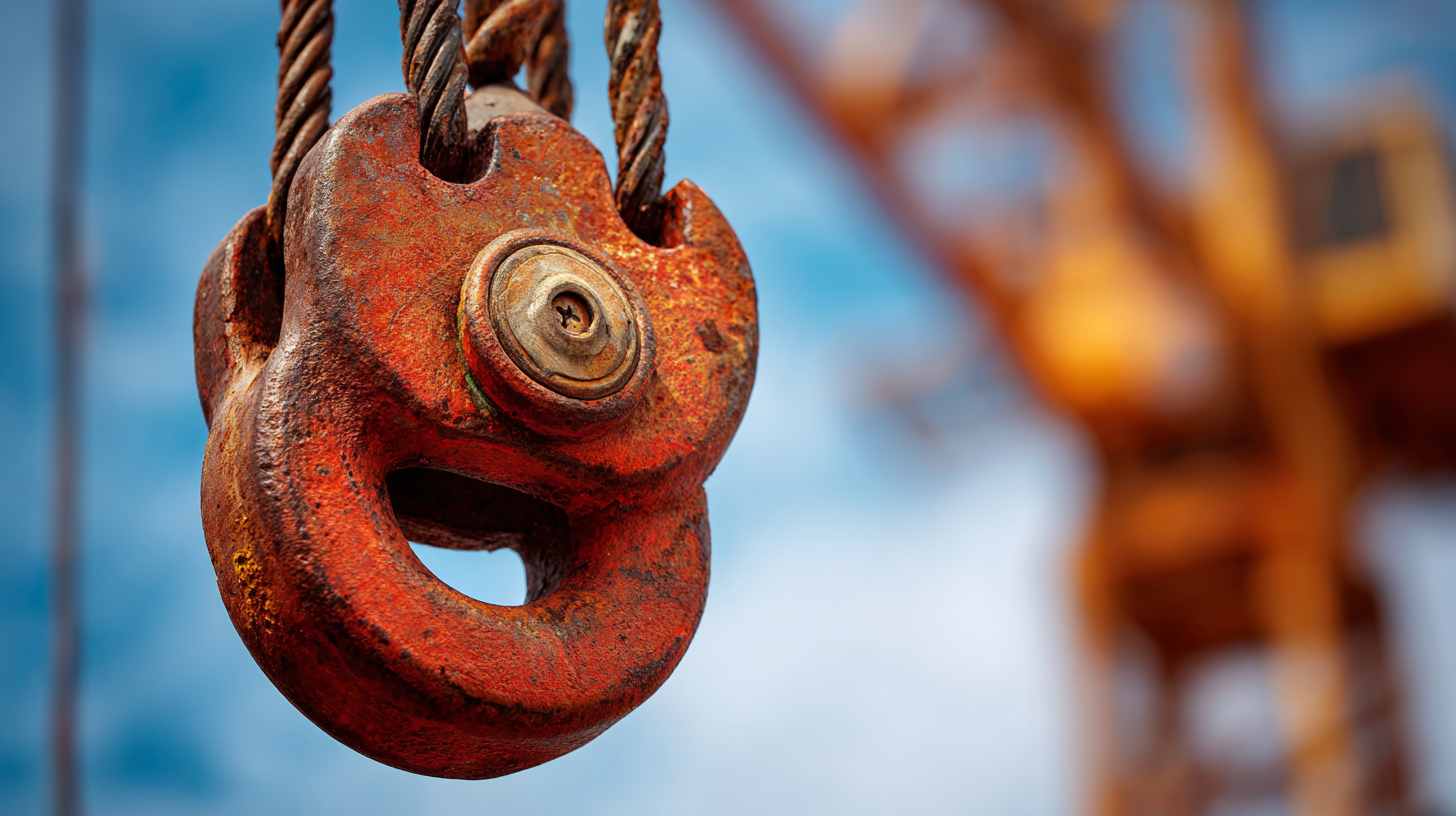
When selecting a crane hoist, it's crucial to understand the different types available and their specific applications. The most common types include Hammerhead cranes, Flat top cranes, Luffing jib cranes, and Self-erecting cranes, each designed for unique operational needs. For example, Hammerhead cranes are ideal for heavy lifting with a robust structure, whereas Flat top cranes are suitable for urban construction due to their minimal height restrictions. Luffing jib cranes excel in tight spaces where height limitations pose challenges, while Self-erecting cranes offer convenience and efficiency for smaller projects.
The crane rental market is experiencing remarkable growth, driven by the increasing demand for rental-based heavy lifting solutions in construction and infrastructure. According to industry analysis, the North America crane rental market is projected to see significant growth by 2033, fueled by the region's construction boom and evolving infrastructure needs. Reports indicate that the crane rental segment is not only enhancing operational flexibility but also optimizing costs for many companies, prompting a shift towards renting instead of purchasing expensive machinery. This trend reflects the overarching transformation occurring in the heavy lifting equipment sector as businesses seek to adapt to changing economic landscapes.
When selecting the right crane hoist for your operations, several key factors should be taken into consideration to ensure efficiency, safety, and cost-effectiveness. One of the most critical elements is the load capacity. According to the Material Handling Industry of America (MHIA), understanding the weight of the loads you intend to lift can help you choose a hoist with an appropriate lifting capacity. Overloading can lead to equipment failure and significant safety hazards, with studies highlighting that equipment failures can result in downtime costs of up to $100,000 per hour in certain industries.
Another important factor is the type of operation involved—whether it’s for occasional use or continuous heavy-duty applications. The American Institute of Steel Construction (AISC) underscores that hoists designed for heavy and continuous use typically require more robust engineering specifications and materials to withstand wear and tear. Additionally, features such as speed, lift height, and power source (electric versus pneumatic) should align with operational needs. A report by the Crane Manufacturers Association of America (CMAA) reveals that many operations benefit from electric hoists, which offer precise control and lower ongoing energy costs compared to their pneumatic counterparts.
When selecting a crane hoist, safety features are paramount to ensure smooth and secure operations. Key elements to consider include zone-limiting devices that prevent overlapping operating zones, significantly reducing the risk of struck-by injuries. Employers and employees must collaborate to implement best practices around lift zone safety, focusing on clear communication and designated areas to minimize hazards.
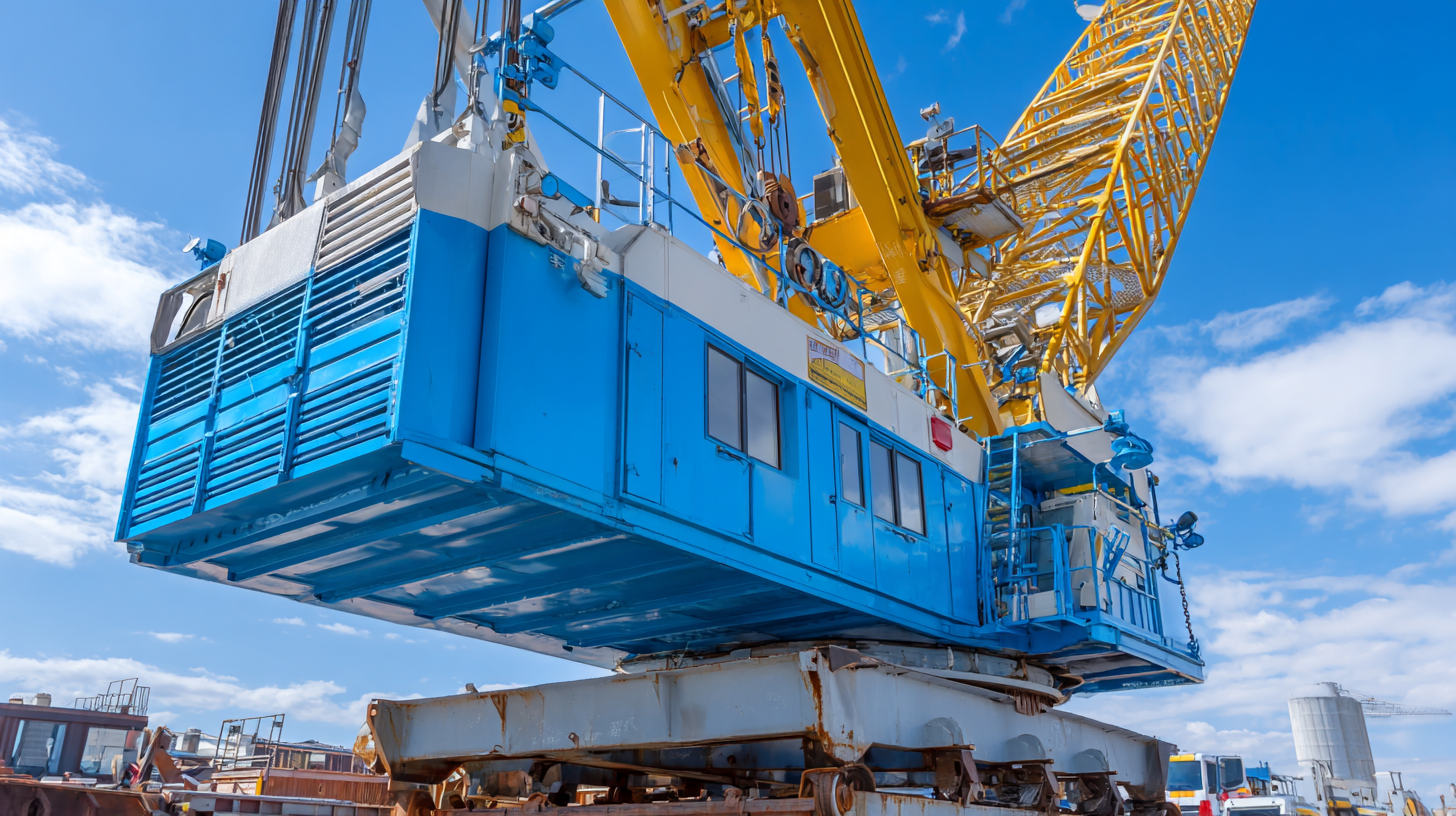
Additionally, modern hoists are increasingly equipped with advanced safety mechanisms such as automatic shut-off systems, overload protection, and fail-safe brakes. These features are essential in reducing the likelihood of equipment failure, which is a common cause of workplace accidents. It's crucial for operators to receive comprehensive training that covers both theoretical knowledge and practical application of these safety devices.
By prioritizing these features, organizations can enhance their operational safety and protect their workforce.
When considering crane hoists, it's crucial to understand the distinctions between electric, hydraulic, and manual options. According to a report by the Material Handling Industry of America, electric hoists dominate the market, accounting for approximately 60% of total sales due to their efficiency and ease of use. These hoists typically feature higher lifting speeds and a range of options for different load capacities, making them ideal for industrial applications that require regular lifting of heavy materials.
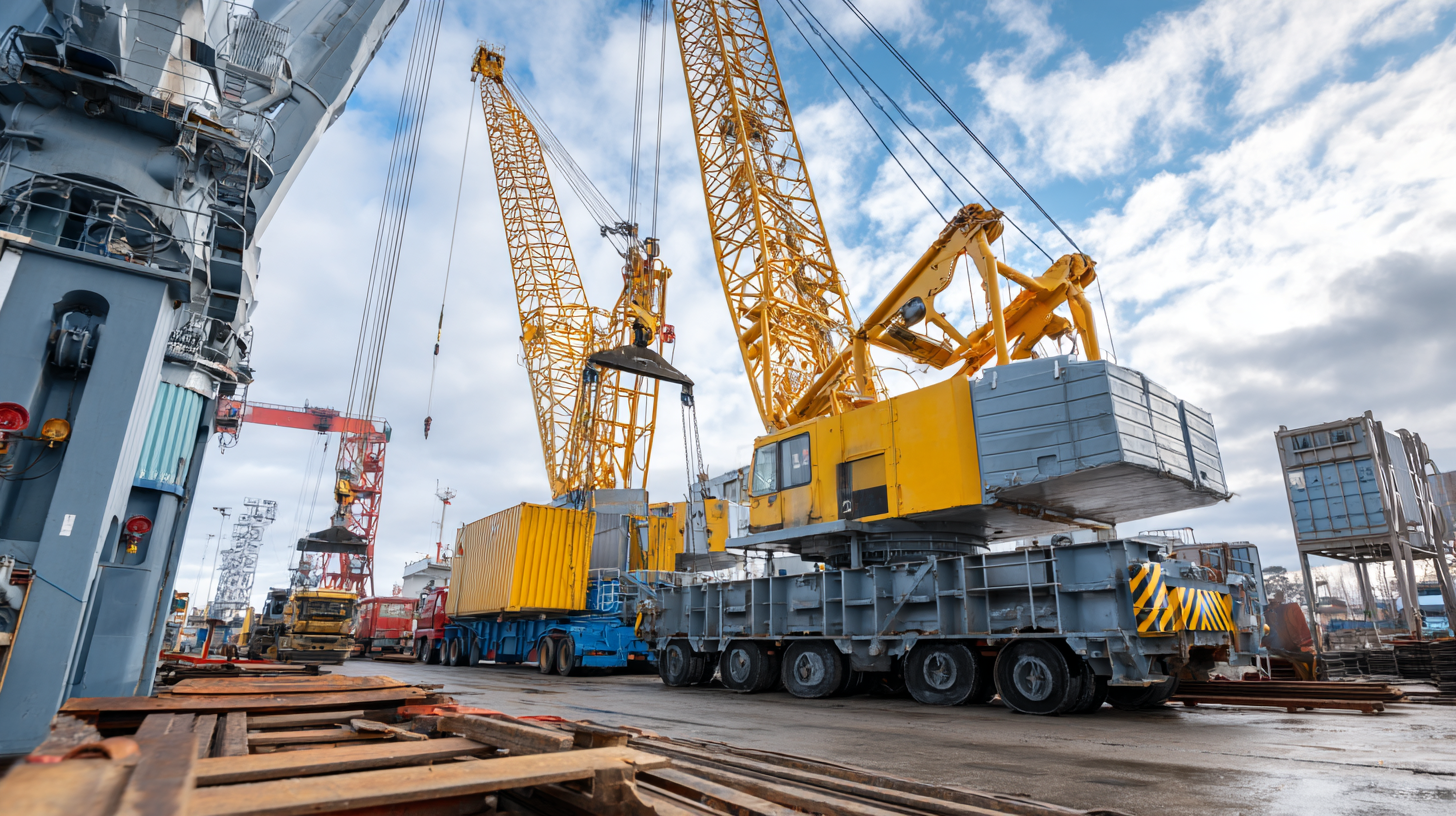 On the other hand, hydraulic hoists are gaining favor for their ability to handle exceptionally heavy loads with precision. Industry data indicates that hydraulic systems can lift loads exceeding 50 tons while maintaining stability and control. This makes them a preferred choice in environments such as construction sites or industrial plants where heavy lifting is common. However, they often come at a higher initial cost and require more maintenance than electric hoists.
On the other hand, hydraulic hoists are gaining favor for their ability to handle exceptionally heavy loads with precision. Industry data indicates that hydraulic systems can lift loads exceeding 50 tons while maintaining stability and control. This makes them a preferred choice in environments such as construction sites or industrial plants where heavy lifting is common. However, they often come at a higher initial cost and require more maintenance than electric hoists.
Manual crane hoists, while less popular, remain a viable option for specific applications, especially in smaller workshops or places with limited lifting needs. According to industry surveys, about 20% of companies still rely on manual hoists due to their low cost and simplicity; they are particularly effective for lighter loads and situations where electricity is unavailable. Understanding these variations ensures that businesses make informed decisions tailored to their operational requirements.
Proper maintenance of your crane hoist is essential to ensure its longevity and optimal performance. Regular inspections play a critical role in identifying potential issues before they escalate into significant breakdowns. Owners should schedule routine checks to assess the condition of cables, hooks, and other components, ensuring everything is functioning correctly. Lubrication of moving parts is equally important, as it minimizes friction and wear, ultimately prolonging the lifespan of the hoist.
In addition to regular inspections, following manufacturer guidelines for operation and maintenance cannot be overstated. Overloading the crane or using it improperly can lead to mechanical failures and safety hazards. Training operators in safe practices is crucial for maintaining both safety and equipment health. Furthermore, keeping a clean and organized work environment helps prevent debris accumulation, which can interfere with the crane's functionality and lead to premature wear. By adhering to these maintenance tips, you can significantly enhance the performance and longevity of your crane hoist.
| Hoist Type | Capacity (tons) | Lift Speed (m/min) | Power Source | Maintenance Frequency (months) |
|---|---|---|---|---|
| Electric Chain Hoist | 0.5 - 10 | 8 - 10 | Electric | 6 |
| Pneumatic Hoist | 0.5 - 20 | 5 - 8 | Air | 12 |
| Electric Wire Rope Hoist | 1 - 45 | 10 - 20 | Electric | 6 |
| Manual Chain Hoist | 0.5 - 5 | Variable | None | 24 |
| Hydraulic Hoist | 1 - 25 | 3 - 5 | Hydraulic | 12 |



